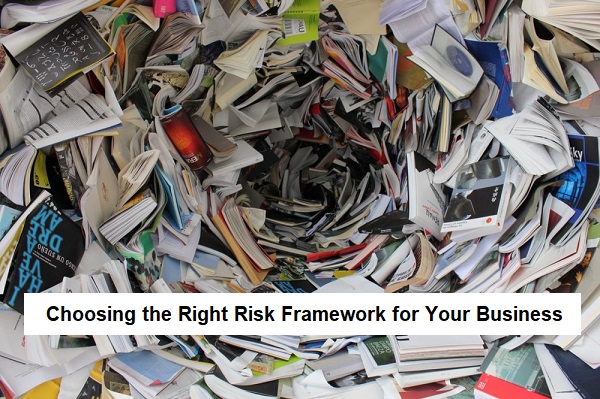Good risk management is not only a compliance requirement but also a strategic tool that helps organizations achieve their objectives. By identifying, assessing, and mitigating risks, businesses can safeguard their assets, ensure operational continuity, and enhance their decision-making processes. However, the selection of the right risk management framework is crucial, as an inappropriate framework can either stifle business operations or overlook critical risks.
Balancing Business Friendliness and Compliance
Risk management frameworks generally fall into two broad categories: business-friendly and compliance-centric. Business-friendly frameworks prioritize flexibility and adaptability, allowing organizations to innovate and grow with fewer constraints. However, these frameworks can sometimes be too lenient, potentially leading to the overlooking of significant business and operational risks.
On the other hand, compliance-centric frameworks are designed to ensure strict adherence to regulatory requirements and industry standards. While they provide a robust structure for managing risks, they can also be overly restrictive, leading to inefficiencies and hindering business operations. Organizations burdened with excessive compliance obligations may find it challenging to respond quickly to market changes or to exploit new opportunities.
The Need for a Balanced Approach
Given these challenges, the ideal risk management framework should strike a balance between flexibility and compliance. This balance ensures that while the organization remains compliant with regulations, it also retains the agility to innovate and grow. A balanced framework provides enough structure to identify and mitigate key risks without stifling business operations.
Doorstep International: Your Partner in Risk Management
Doorstep International offers expert consulting services to help organizations select the best risk management framework tailored to their specific needs. Understanding that one size does not fit all, Doorstep International assists businesses in evaluating various frameworks and can recommend a hybrid approach that combines the best practices from multiple frameworks.
Hybrid Frameworks: The Best of Both Worlds
A hybrid risk management framework integrates elements from both business-friendly and compliance-centric frameworks. By doing so, it ensures regulatory compliance while maintaining operational flexibility. This approach leverages the strengths of different frameworks to create a customized solution that addresses the unique risk profile of the organization.
Automation and Integration
In addition to framework selection, Doorstep International also helps organizations automate their risk management processes. Automation can streamline risk assessment, monitoring, and reporting, making the risk management process more efficient and less prone to human error. By acting as a liaison between technology and business teams, Doorstep ensures that the chosen risk management framework is seamlessly integrated into the organization’s operations.
Automation tools can provide real-time insights into risk exposures, facilitate compliance with regulatory requirements, and enhance the overall effectiveness of the risk management program. Doorstep’s expertise in both risk management and technology allows them to provide comprehensive solutions that bridge the gap between strategic risk objectives and practical implementation.
Choosing the right risk management framework is critical for the success of any organization. It requires a careful balance between ensuring compliance and maintaining business agility.
Doorstep International’s consulting services can guide organizations through this complex decision-making process, helping them to select or create a framework that meets their specific needs.
By integrating and automating this framework, businesses can enhance their risk management capabilities, achieve their strategic objectives, and remain competitive in an ever-evolving market.

